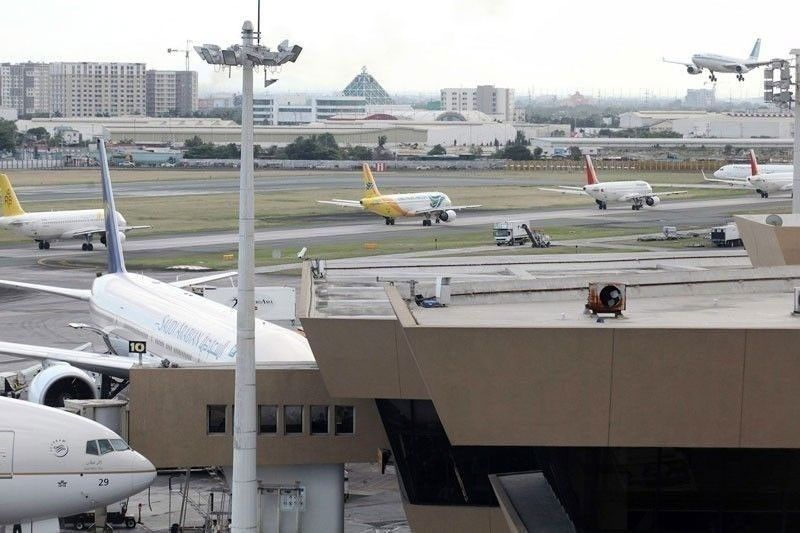Airlines face tough task to encourage people to fly

MANILA, Philippines — Aside from dealing with mounting losses and potential bankruptcy, airlines are facing a formidable challenge of encouraging people that it is safe to fly again once commercial flights are allowed to resume.
Philippine Airlines (PAL) president and COO Gilbert Santa Maria believes the airline industry is more prepared than most industries in dealing with health issues like the coronavirus disease 2019 or COVID-19.
“We are better prepared than most industries to handle things like this. If you wear a mask and you’re in an aircraft, it is the same as being in an operating room. That’s how clean the air is. It recycles every three minutes. The air is from the outside, and at 30,000 feet there’s almost no likelihood of having any viruses survive,” Santa Maria said.
“So we know the air in a plane is clean. We want to build confidence in flying again. And we will take precautions,” he said.
The flag carrier is raring to get its fleet off the ground the soonest, with plans to operate a few domestic routes from Davao to possibly Iloilo, Siargao and General Santos given the easing of quarantine restrictions in those areas.
PAL’s domestic flights to or from Manila, Cebu and Clark, however, will remain cancelled for the rest of the month.
Budget carriers Cebu Pacific and AirAsia Philippines, meanwhile, said all their flights would stay suspended until May 31.
As they prepare for their eventual take-off, local carriers have given their assurance that new sanitation protocols and intensified preventive measures will be in place when people return to traveling by air.
These include contactless transactions via self check-in kiosks at airports, physical distancing at check-in and boarding queues, mandatory temperature scanning and mandatory use of face masks.
Aside from thorough disinfection after each flight, PAL, Cebu Pacific, and AirAsia said their aircraft are equipped with High Efficiency Particulate Arrestor (HEPA) filters that are capable of filtering microscopic bacteria and virus clusters, similar to what is used in hospital operating rooms.
But amid all the safety measures, the carriers themselves believe that getting air travel demand back to pre-pandemic level would be a tall order, especially in the beginning.
Air Carriers Association of the Philippines (ACAP) executive director Roberto Lim said local airlines still expect to have many unfilled seats. “When we start operations on when that may be, we believe that demand will be low. And because the demand is low, the airlines will have the ability to spread the seating arrangement inside the aircraft. That’s how we anticipate,” Lim said.
The International Air Transport Association (IATA) said in a statement early this month that evidence, although limited, suggests that the risk of virus transmission on board aircraft is low even without special measures.
IATA said mask-wearing by passengers and crew would reduce the already low risk, while avoiding the dramatic cost increases to air travel that onboard social distancing measures would bring.
“Airlines are obsessed with safety. We have to maintain international safety standards, and the fact that the aircraft have HEPA filters that capture viruses, is an artifact of decades of trying to prevent contagion from spreading on board a narrow tube,” Santa Maria said.
- Latest
- Trending



























